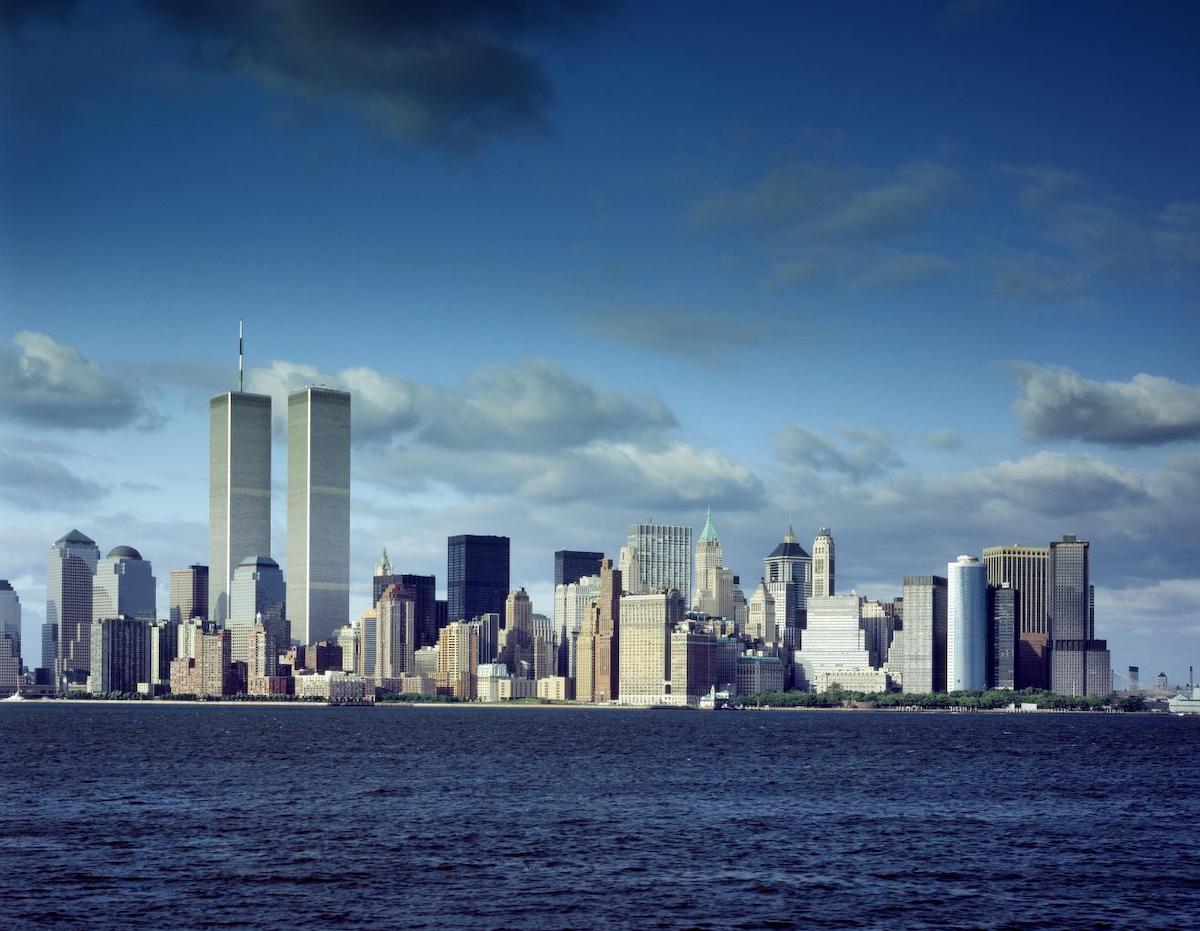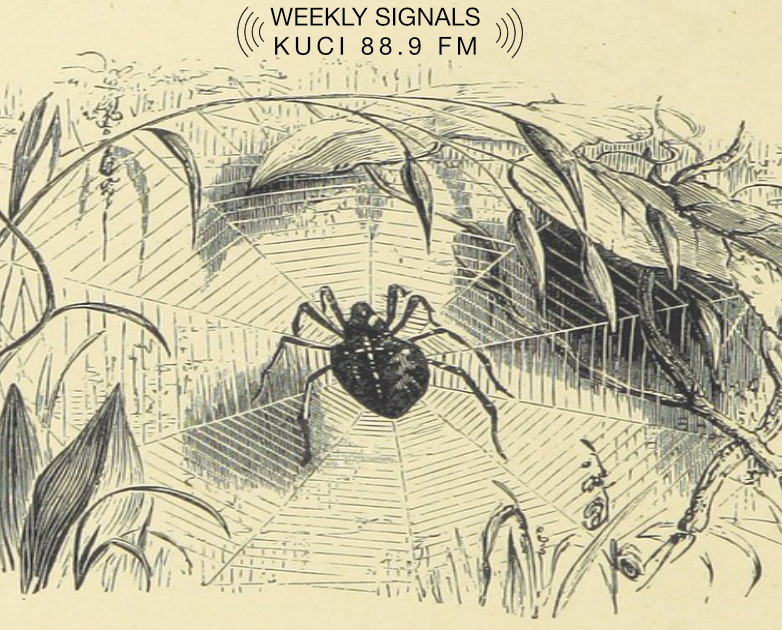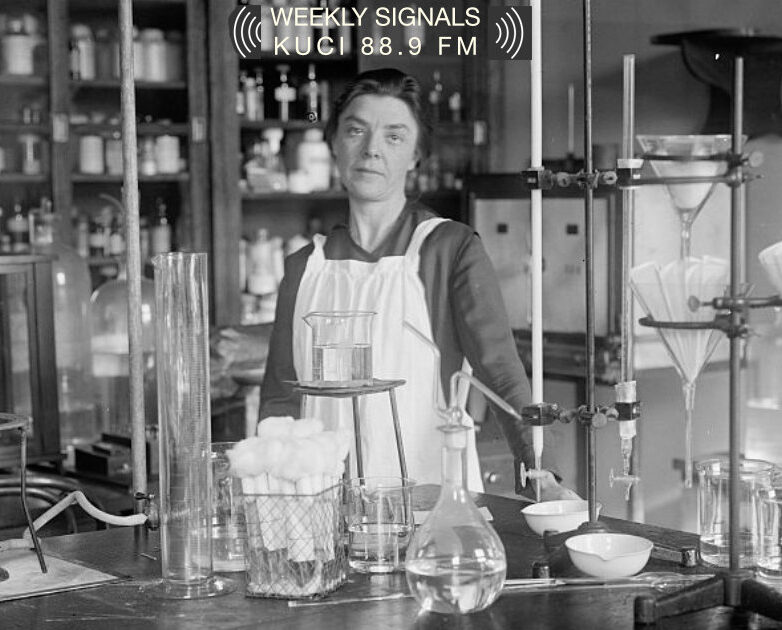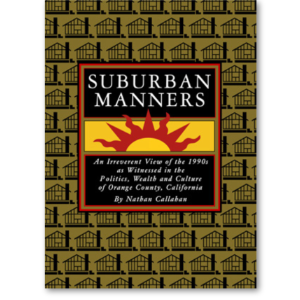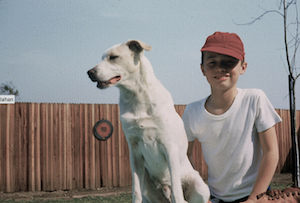At a press conference in Hamburg, Germany on September 16, 2001, my favorite German avant-garde composer Karlheinz Stockhausen was asked whether the characters Michael and Lucifer from a cycle of operas he wrote were for him “merely some figures out of a common cultural history” or instead “material appearances.” In other words, were they fake or were they real? The composer replied, “I pray daily to Michael, but not to Lucifer. I have renounced him. But he is very much present, like in New York recently.”
Only five days before, hijackers flew two passenger jets into the Twin Towers of the World Trade Center in New York City. Both 110-story skyscrapers collapsed. 2753 died. According to Stockhausen, Lucifer was very much present. But what was the fallen angel up to?
“Well, what happened there is, of course — now all of you must adjust your brains — the biggest work of art there has ever been,” he added.
Stockhausen went on to elaborate, but our sound byte world had heard all wanted to hear. The emotional walls went up. A controversial German composer of eccentric sound clusters had announced that the destruction of the World Trade Center and the violent mass death of civilians was art commissioned by the devil.
“The fact that spirits achieve with one act something which we in music could never dream of, that people practice ten years madly, fanatically for a concert. And then die. And that is the greatest work of art that exists for the whole Cosmos. Just imagine what happened there.”
Meanwhile back on Earth, a four-day long Stockhausen Festival in Hamburg was canceled as a result of his comments. Anti-Stockhausen editorials circulated worldwide. Stockhausen, the esoteric German musical radical, had notoriously transcribed world events. Our brains, however, had not adjusted.
Stockhausen apologized but said the press had published “false, defamatory reports” about his comments — that Lucifer, who he called the ”cosmic spirit” of anarchy used his wits ”to destroy creation.” His latest satanic artistic composition? 9-11.
The public would have none of Stockhausen’s blasphemy. They wanted their art to fit in the frame.
“Whosoever speaketh a word against man, it shall be forgiven him: but whosoever speaketh against the Holy Ghost, it shall not be forgiven him, neither in this world, neither in the world to come.” — Matthew 12:32
—
As long as there has been art, there is, and always has been, the art of darkness. Art can express amorality. And it certainly doesn’t always live in a gallery or a concert hall.
Or was this an art of pure metaphoric unhinging?
At Satan’s New York concert on September 11th, the fall of the twin towers reshaped the ego of our culture. The image of the plane paired with the image of the skyscraper would never be the same. A metaphor once pointing to the futurism and sky gods —flying machines and buildings that reach to the heavens — was transformed. Once we witnessed bin Laden’s vision, we saw those symbols through new eyes.
Was it art? Who cares?
Stockhausen was asking that we adjust our brains, turn the knobs, forget the crime, see the cataclysmic event as an execution of creative skill and imagination.
And why not?
A miniature freeway of Hot Wheels toy cars and trucks is sculpture in the Los Angeles County Music of Art collection. A famously signed urinal is part of the Philadelphia Museum of Art’s collection. An extinct volcanic cinder cone near Flagstaff, Arizona is one artist’s perceptual observatory. A falling man. Two planes and two monoliths Sometimes it is only an image that changes us to see things in a different light. Was 9-11 horrible? Did it tear a hole in our guts? Did it make us pray for every lost soul? Yes, of course. But with one chord the world was forever changed.
“You have people who are that focused on a performance and then 5,000 people are driven to resurrection, in a single moment,” Stockhausen said. “I couldn’t do that. By comparison, we composers are nothing. Artists, too, sometimes try to go beyond the limits of what is feasible and conceivable, so that we wake up, so that we open ourselves to another world.” Stockhausen continued. “It’s a crime because those involved didn’t consent. They didn’t come to the ‘concert.’ That’s obvious. And no one announced that they risked losing their lives. What happened in spiritual terms, the leap out of security, out of what is usually taken for granted, out of life, that sometimes happens to a small extent in art, too, otherwise art is nothing.”
Stockhausen wasn’t asking us to celebrate mass murderers as artists. He was asking that we look at orchestrated evil’s perfect moment and see. He was asking us to leap out of security and speak in the language that our culture of image and execution has created. He was asking that we adjust our brains. He was asking us to define the fake from what’s real. Willing or not, the time had come.
